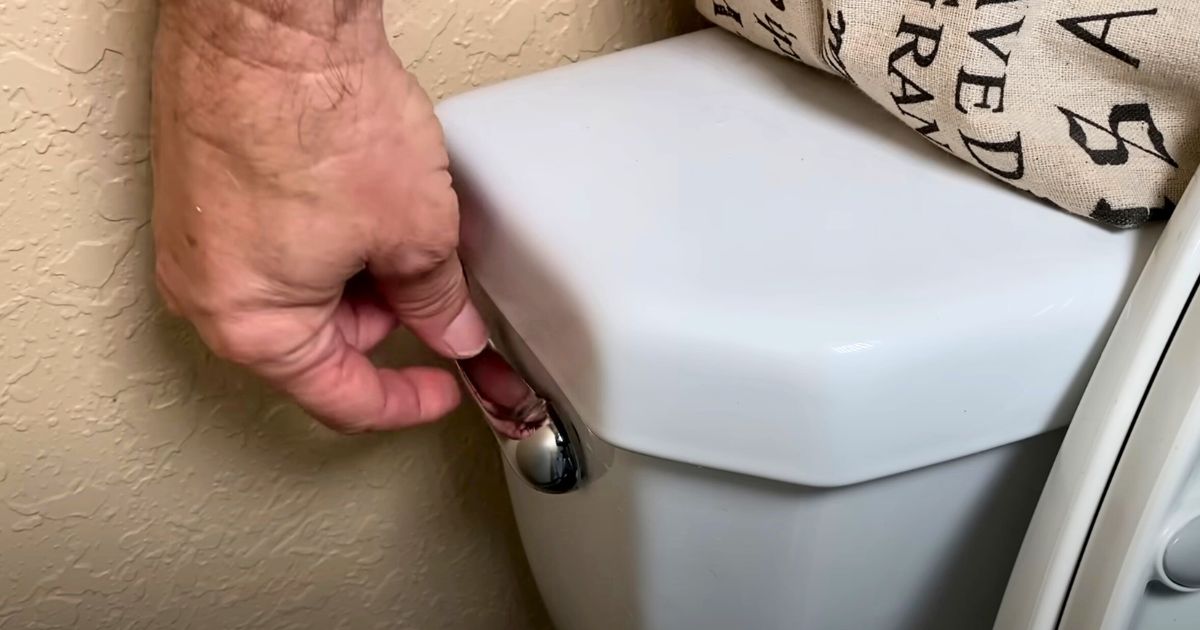While the self-cleaning feature of modern ovens might seem like a convenient way to handle a messy job, it comes with significant risks.
This feature, which heats the oven to nearly 1,000 degrees Fahrenheit to incinerate food residue, can cause considerable damage to various oven components.
Understanding these risks and learning safer cleaning methods can help you maintain your oven without unnecessary repair costs or hazards.


The high-limit switch is one of the most vulnerable components during a self-cleaning cycle.
This switch is designed to cut power to the heating elements if the temperature gets too high, but it can fail under the extreme conditions of self-cleaning.
When this happens, you’ll need a professional to replace it, typically costing around $200.


Another common issue is with the door lock mechanism.
If the door remains locked beyond the cooling period, it indicates a malfunction that also requires professional intervention, costing about $200 to fix.
Additionally, the high temperatures can damage the heating elements themselves—whether they are for baking, broiling, or convection—leading to replacement costs ranging from $200 to $300.


The relay board or controller, critical for managing the oven’s functions, can be fried by the super-high heat, resulting in repair costs between $300 and $600.
While these repairs are more complex, simpler components like the knobs and the oven light bulb can also be affected.
Knobs may melt, although they are relatively inexpensive and easy to replace yourself, and the oven light bulb can burst, which is another simple DIY fix.


Beyond the risk to the oven’s components, the self-cleaning cycle poses several dangers.
One of the most concerning is the release of carbon monoxide (CO).
The incineration of food residue produces CO, and because ovens do not vent outside like water heaters, this gas can accumulate in your kitchen, posing a serious health risk.
Additionally, touching the oven during the self-clean cycle can result in severe burns, and manuals often warn to keep children and pets away during this time.


There is also a significant fire hazard.
The extreme heat can cause leftover food particles and grease to ignite, potentially leading to a kitchen fire.
Despite these risks, self-cleaning ovens do offer some benefits, particularly in terms of enhanced insulation.
This insulation helps the oven handle extreme heat, making it more efficient and saving on energy costs over time.
However, these benefits might not outweigh the potential downsides.


To avoid these risks, consider alternative cleaning methods that are both safe and effective.
Household items like baking soda and vinegar can be used to clean your oven without the need for harsh chemicals.
Simply create a paste with baking soda and water, apply it to the oven’s interior, and spray vinegar over it.
The fizzing reaction helps lift grime and grease, making it easier to wipe away.


Another safe method is steam cleaning.
Place a heat-resistant bowl of water inside the oven and heat it to create steam.
The steam loosens baked-on food and grease, which can then be wiped away with a cloth.
For stubborn stains, dishwasher tablets can be surprisingly effective.
Simply dampen a tablet and use it to scrub tough spots.


For glass doors, removing the door panel allows for thorough cleaning.
Use a mixture of baking soda and water or a specialized glass cleaner to get the glass sparkling clean.
While self-cleaning ovens offer convenience, the potential risks and repair costs make it wise to avoid using this feature.
Opting for safer, DIY cleaning methods will maintain your oven effectively and safely, ensuring it lasts longer without the need for costly repairs.
To see how to clean your oven quickly with no chemicals, see below. His method has earned 5.5 million views!
Please SHARE this with your friends and family.














